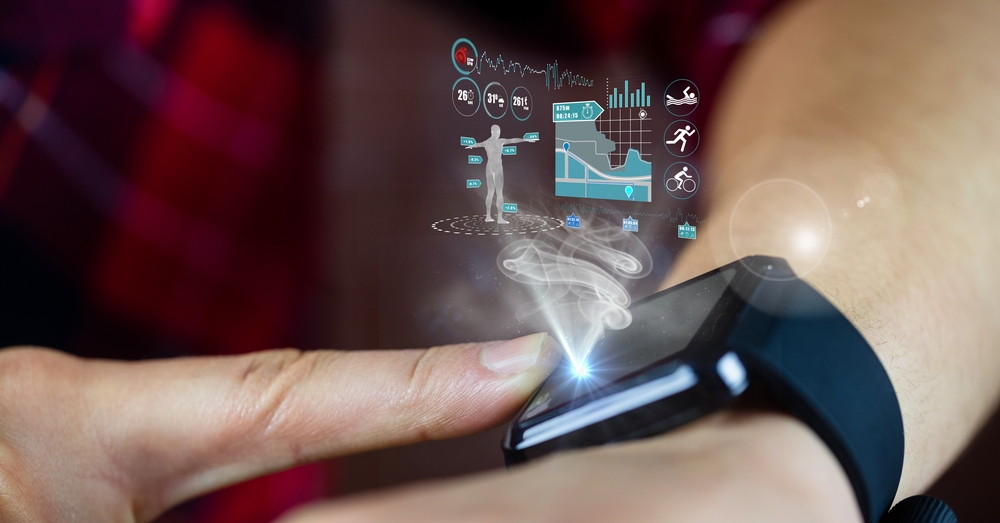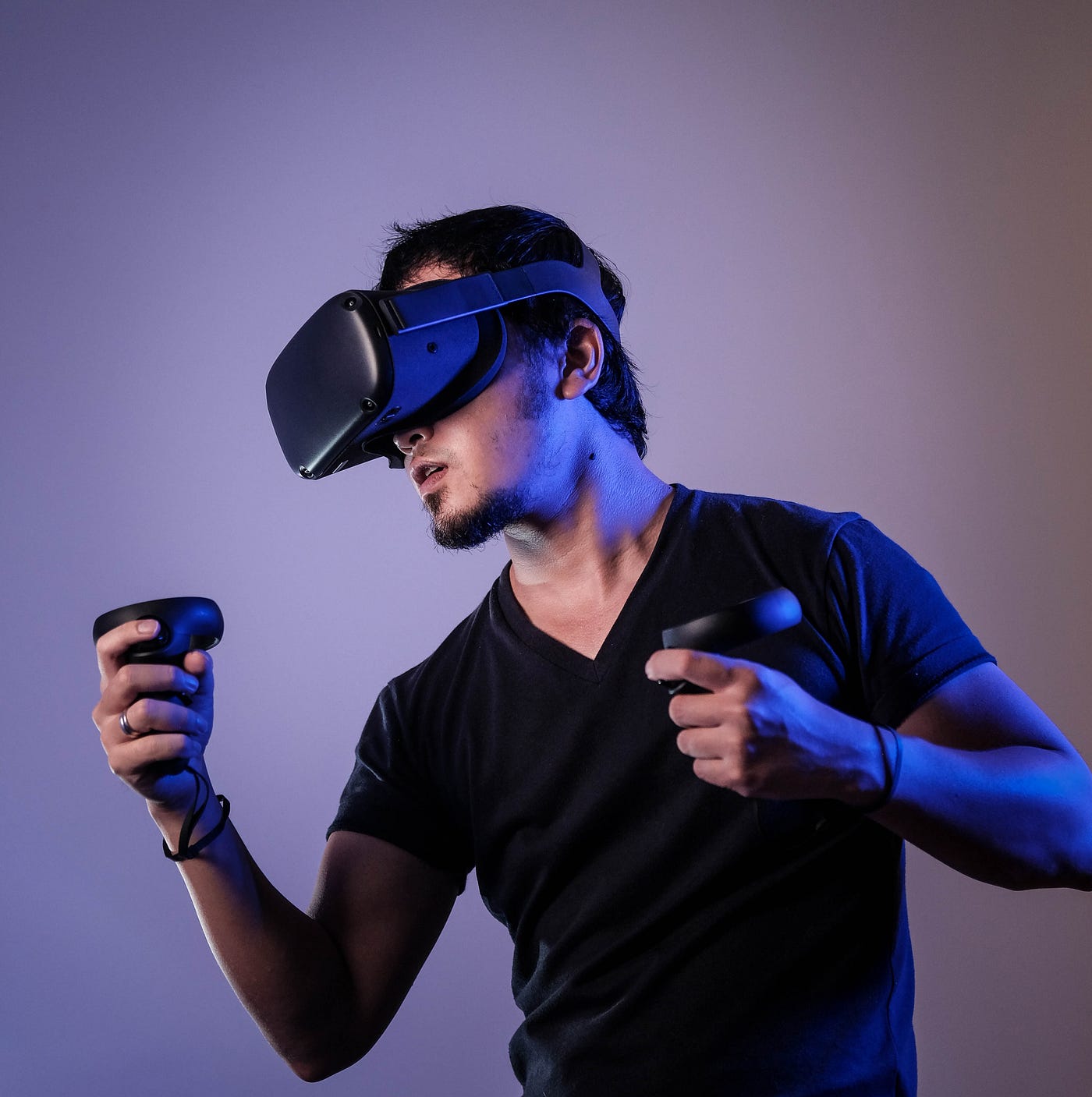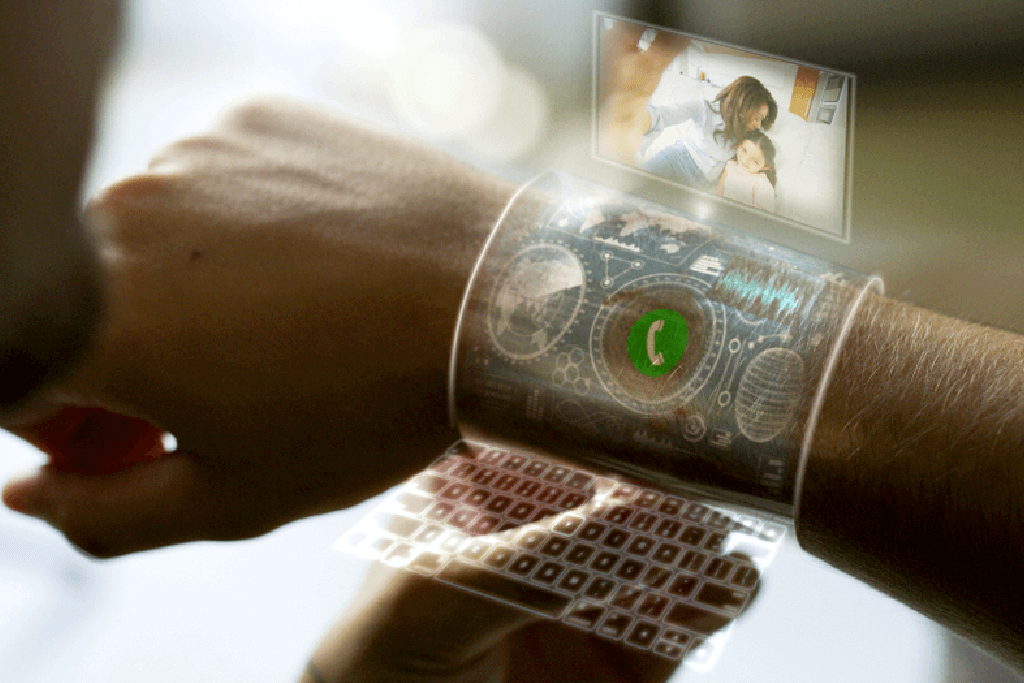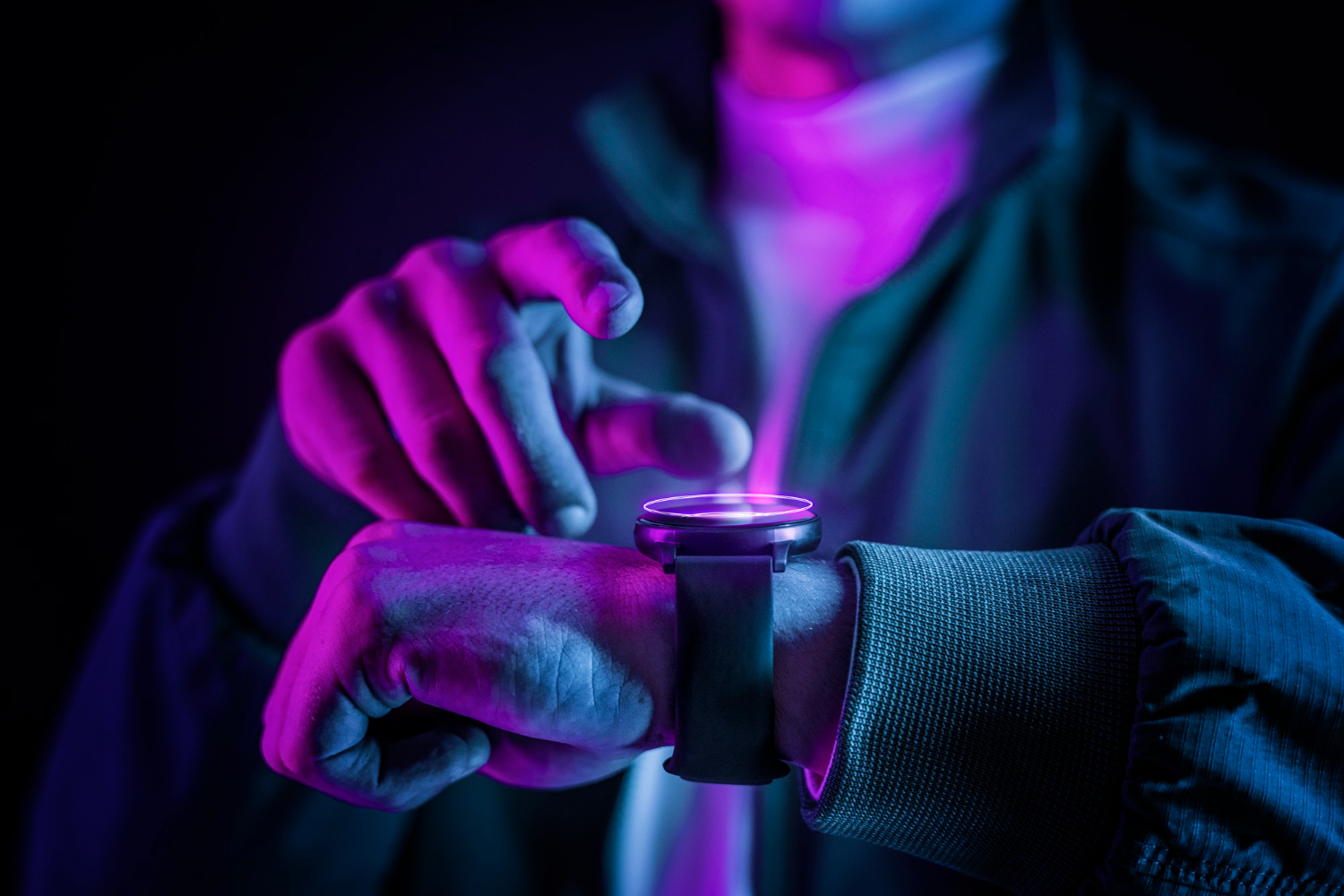It seems as if everything nowadays is a smart device. Smart toasters. Smart dog collars. Smart homes. In the age of smart, nothing is more intelligent or innovative than the devices produced by the wearables industry.
Wearable technology, also known as “wearables,” is a category of electronic devices that can be worn as accessories, embedded in clothing, implanted in the user’s body, or even tattooed on the skin. The devices are hands-free gadgets with practical uses, powered by microprocessors and enhanced with the ability to send and receive data via the Internet.
Wearable devices help collect and analyze real-time personal data that informs us of everything from our health to our workouts. They have become prevalent tools to help us stay informed and in touch with ourselves to the point that almost a quarter of people in the USA now sport a wearable device.
The most sophisticated examples of wearable technology include artificial intelligence (AI) hearing aids, Google Glass and Microsoft’s HoloLens, and a holographic computer in the form of a virtual reality (VR) headset.
An example of a less complex form of wearable technology is a disposable skin patch with sensors that transmit patient data wirelessly to a control device in a healthcare facility.
How do wearables work?
Wearables are embedded with built-in sensors that keep track of bodily movements, provide biometric identification, or assist with location tracking.
For example, activity trackers or smartwatches—the most common types of wearables—come with a strap that wraps around the user’s wrist to monitor their physical activities or vitals throughout the day.
While most wearables are either worn on the body or are attached to clothing, some function without any physical contact with the user. Cell phones, smart tags, or computers can still be carried around and track user movements.
Other wearables use remote smart sensors and accelerometers to track movements and speed, and some use optical sensors for measuring heart rate or glucose levels. A common factor among these technology wearables is the fact they all monitor data in real-time.
Industry applications of wearables
The advancement of wearables has benefited several industries. From encouraging healthier habits to optimizing physical performance, industries have reaped numerous rewards that come with this technology. The most prominent industries include:
Healthcare
The healthcare industry is probably seeing the biggest benefit from wearable technology.
Patients who wear these smart devices can measure information ranging from body temperature to blood pressure, which is then relayed to their medical team in real-time. If something looks off, doctors have a quicker way to accurately diagnose and treat a patient.
The entire treatment process is now quicker thanks to the data collected by a wearable device because doctors no longer have to run a gamut of tests to determine an illness or disease. They can reference the data collected by a wearable to quickly figure out the cause of the medical mishap.
Sports and Fitness

Having all of this health data in real-time is, of course, helping the sports and fitness industries push the boundaries of training.
Professional athletes from all over the world maximize their training regimes thanks to the biometric data captured through wearable technology.
Elite athletes, from marathon runners to the Golden State Warriors and Liverpool FC, are using smart compression shirts to maximize every move an athlete makes. These smart shirts use a combination of GPS, accelerometers, and biomedical sensors to constantly measure the performance of each athlete.
Workforce productivity
The business world has benefited from the introduction of wearables to its workforce.
Seventy-nine percent of employees who wear a smart device in the office report that the devices are instrumental to their work. Equipping a workforce with wearable devices makes sense for employers.
These devices enhance communication, track employee activity, boost job site safety measures, and improve the health and quality of life of the workforce. A healthier, happier workforce will then lead to higher rates of employee retention, saving companies thousands, if not millions, of dollars annually.
Gaming

Gaming is one of the biggest frontiers for wearable technology. Virtual reality (VR) headsets are the most common form of wearable devices in the industry.
VR headsets, like the Oculus Rift or the PlayStation VR, instantly immerse gamers in other-worldly experiences from the second they strap in. VR wearables are bringing awe-inspiring experiences like these to gamers all over the world.
Wearable technologies taking off in the gaming industry are haptic devices. These smart wearables provide tactile feedback to a gamer in real-time. This means that a device takes advantage of a gamer’s sense of touch by providing force or vibrations to a user.
To put it simply, haptic vests, gloves, or suits make gaming more realistic—a gamer can now feel actual recoil after shooting their virtual weapon or can even experience real feedback of what it feels like to dribble a virtual basketball.
Though still in its infancy, haptic technology is poised to make the future of gaming, and wearables, more entertaining and realistic.
Logistics
Another beneficiary of wearables is the logistics industry, which relies on wearable tech to develop more efficient operations.
Smart glasses like Google Glass enable warehouse workers to quickly scan barcodes, pull up information from a database, and make updates along the way. This process eliminates the need for workers to keep going back to a physical computer, saving them time as they organize packages and items.
Some VR glasses go as far as to help workers determine their location in a large warehouse, mapping out the optimal route to travel between two points. These glasses can also reveal the best ways to organize packages for maximized storage without crushing lighter items. All these abilities make wearable devices a must-have for logistics companies.
Fun Facts
The history of wearable technology is fascinating. The technology has been in existence since the 1960s. However, modern wearable technology is defined by the incorporation of a microprocessor and an internet connection. Here’s how it evolved:
1960s
Wearable technology in the form of a tiny four-button computer that could fit into a shoe or be strapped around the user’s waist was developed. It helped gamblers in casinos cheat at roulette games, as the computer acted as a timing device to predict where the ball would land.
1980s
Sony released the Walkman in 1979 and it became the most popular wearable music device throughout the 80s. The healthcare industry was also transformed during this decade with the release of the first digital hearing aids in 1987.
2000s
This decade saw an explosion in wearable technology with the introduction of Bluetooth headsets, Fitbits, and the Nike Plus iPod Sport Kit.
2020s
The gaming industry continues to add newer AR and VR headsets, while clothing designers are rapidly bringing smart clothing to the mainstream.
The future of wearables

The focus on the development of wearable technology now appears to be moving from consumer accessories to more specialized and practical applications.
Microchip implants are now being used to replace keys and passwords. Embedded in a fingertip, the chips use near-field communication (NFC) or radio-frequency identification (RFID) and are similar to the chips used to track lost pets.
AI-integrated non-invasive sensors that help with performing functions associated with thinking are currently being developed. Facebook is developing a brain-computer interface that could enable people to type Facebook status updates by using their minds instead of typing. Elon Musk’s company Neuralink is also working on an interface that could help people who suffer from traumatic brain injuries.
The future looks bright with a dash of caution—as is with every new technology!
Sources:


